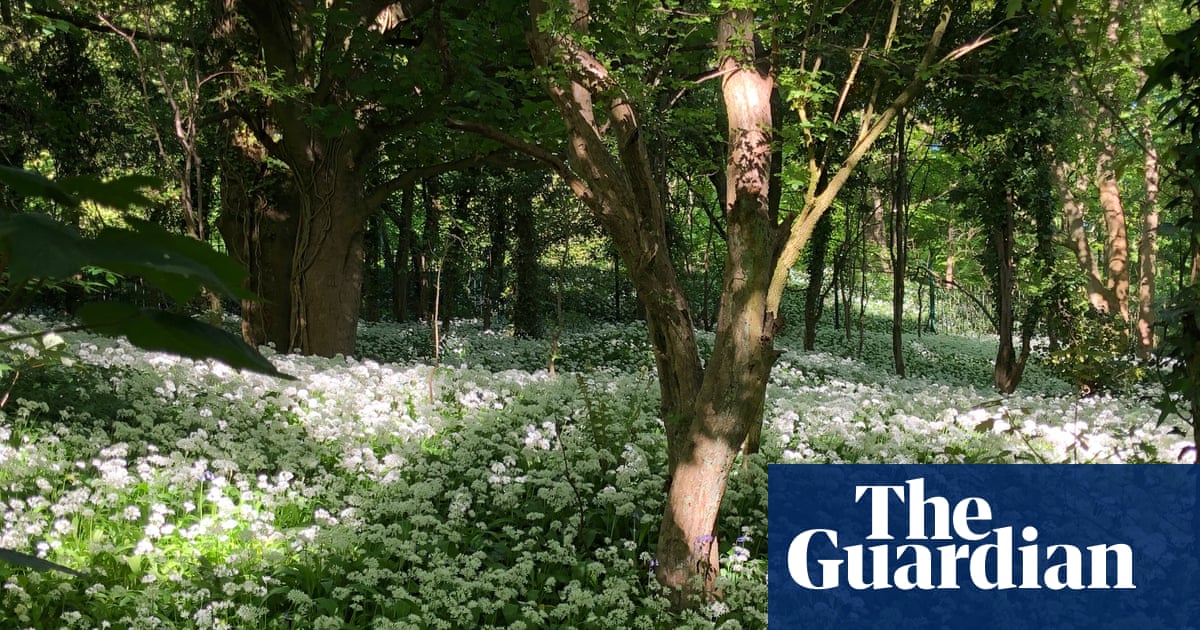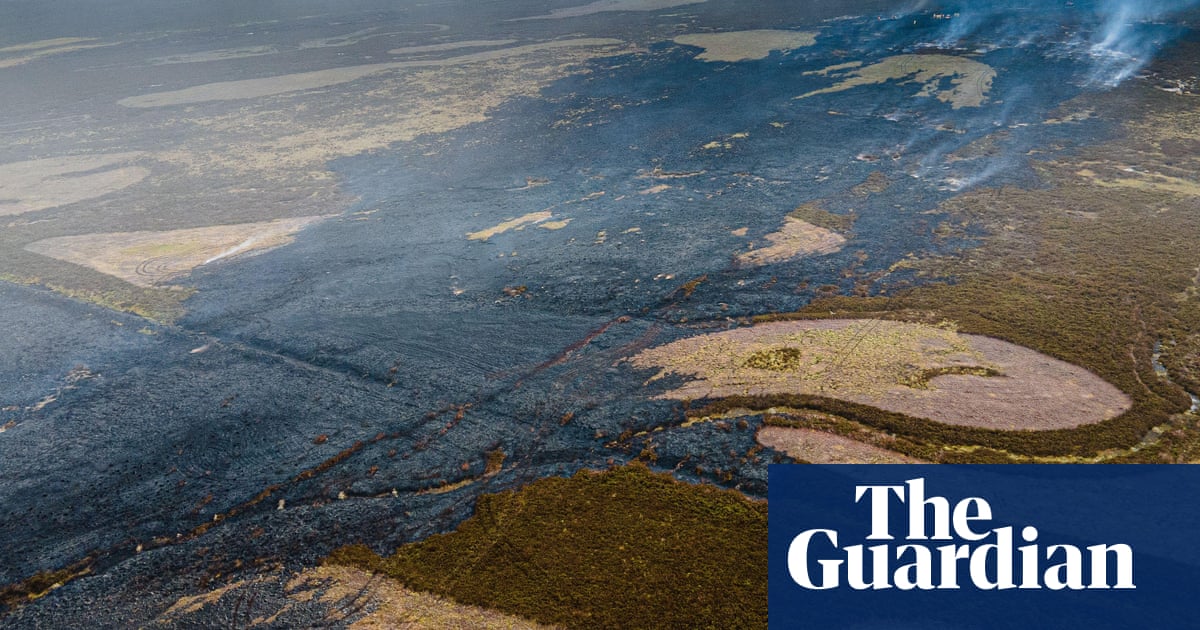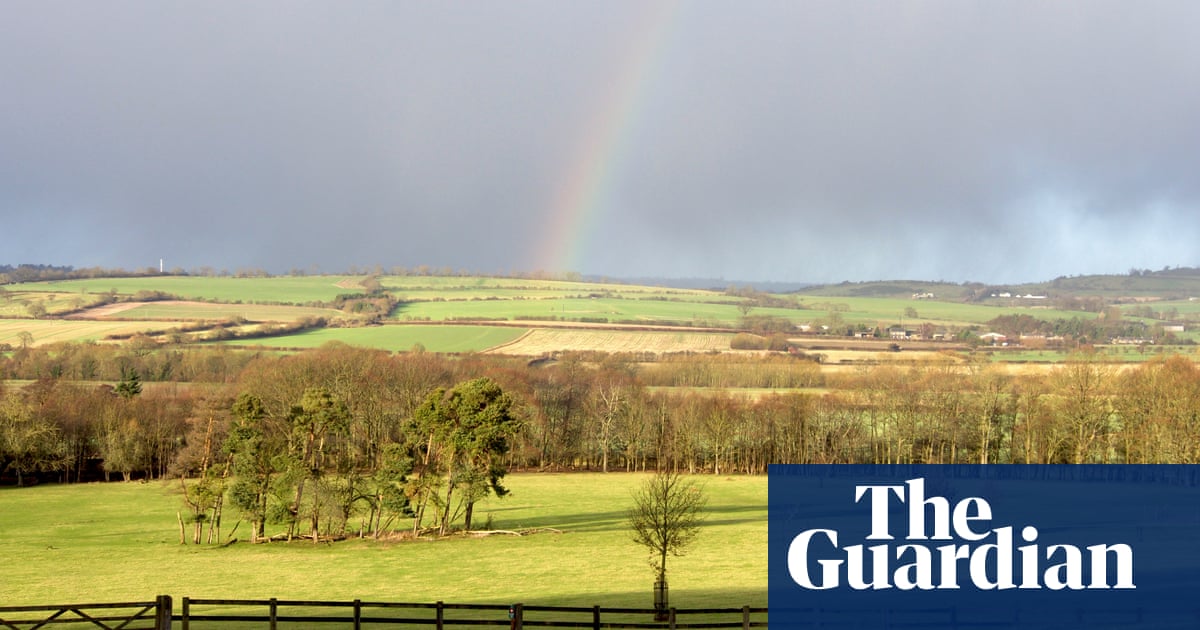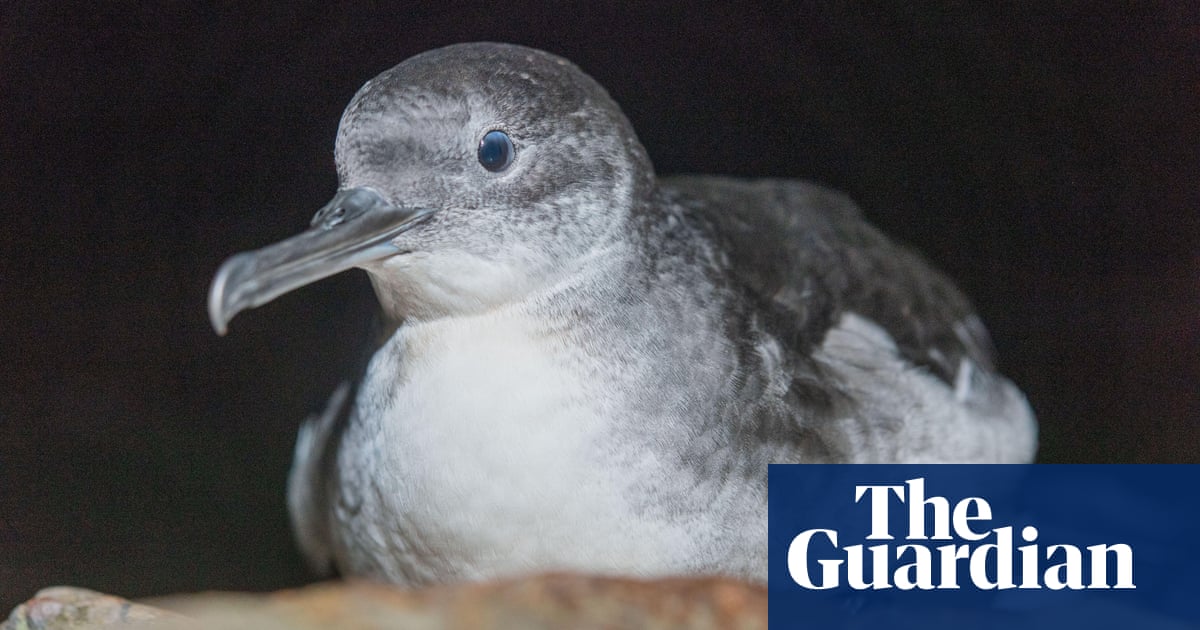
Wharfedale is dreaming of the ice age again. The shape of the glacier that once scraped its way through the valley is recreated in the form of a river of cold cloud that, for today at least, has eradicated 10,000 years of human civilisation.
Everything below the 200-metre contour is lost under the blanket of freezing fog, but the tops of the surrounding hills and moors poke free, and from Beamsley Beacon I look out across an archipelago of upland islands above an ocean of cloud. The “sea” has momentarily obliterated the pastoral patchwork of the valley below, the villages, the Augustinian abbeys, the A59; Leeds and Bradford, to the south-east, have been swamped too.
These “cloud inversion” conditions are fuel for the imagination, and I daydream about the many strange pasts of this landscape. I contemplate the world of about 400m years ago, long before dinosaurs or flowers, where the silt and mud of a vast tropical delta would eventually become the region’s underlying millstone grit rock. But just 30,000 years ago, a geological eye-blink, this landscape would have been another alien world: a hostile wilderness of vast ice leviathans, whose legacy is still vividly evident in the contours of the land.
By the time I walk back down into the valley, the fog has dissipated. By the River Wharfe, a flash of brilliant white against the high-level grey cloud catches my eye. A little egret emerges from behind a bridge and flies in a wide loop above me.
These beautiful white herons are relatively new winter residents on this stretch of the Wharfe. The cold day belies that this is a bird of warm and tropical climates, and its colonisation of Britain over the last 30 years – although welcome – is a sign of our own era’s profound climate shift.
Our world is separated from the last ice age by a global temperature difference of 5C. The IPCC’s current reasonable worst-case scenario predicts a possible rise of 4.4C by 2100. The glaciers are still on their long retreat, but a new world is coming towards us.












